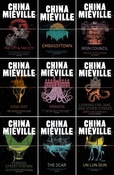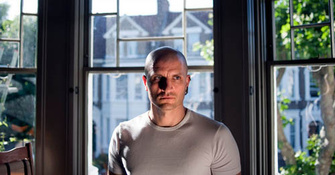
urbansheep@gmail.com
BLDGBLOG: Unsolving the City: An Interview with China Miéville - #EPIC - http://bldgblog.blogspot.com/2011...

|

|
3 марта 2011 в 17:56 с Bookmarklet
alex@kapranoff.ru
Irrational Numbers
Michael Bravo
королева амигдала
penis mightier than sword
fanarsenala
война кончается
glukki
Olesya
CES & nootropics
“BLDGBLOG has always been interested in learning how novelists see the city—how spatial descriptions of things like architecture and landscape can have compelling effects, even on their own, augmenting both plot and emotion in ways that other devices, such as characterization, sometimes cannot. In earlier interviews with such writers as Patrick McGrath, Kim Stanley Robinson, Zachary Mason, Jeff VanderMeer, Tom McCarthy, and Mike Mignola, we have looked at everything from the literary appeal and narrative usefulness of specific buildings and building types to the descriptive influence of classical landscape painting, and we have entertained the idea that the demands of telling a good story often give novelists a more subtle and urgent sense of space even than architects and urban planners. ¶
Over the course of the following long interview, China Miéville discusses the conceptual origins of the divided city featured in his recent, award-winning novel The City and The City; he points out the interpretive limitations of allegory, in a craft better served by metaphor; we take a look at the "squid cults" of Kraken (which arrives in paperback later this month) and maritime science fiction, more broadly; the seductive yet politically misleading appeal of psychogeography; J.G. Ballard and the clichés of suburban perversity; the invigorating necessities of urban travel; and much more.” - × × ×
Miéville's newest book, Embassytown, comes out in the U.S. in May. - псы в рапиде
#всё_с_тобой_понятно_френдфидик - × × ×
я кстати читаю «Экипаж ”Меконга”» и это действительно прото-стимпанк :) http://lib.ru/RUFANT... - псы в рапиде
© 2015 FriendFeed (and Clio archiver)